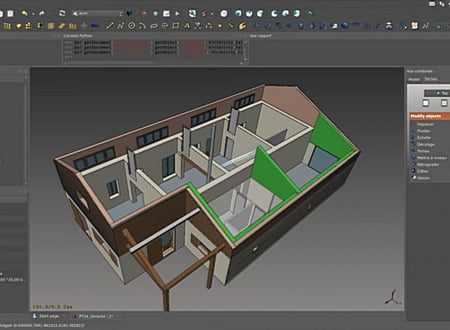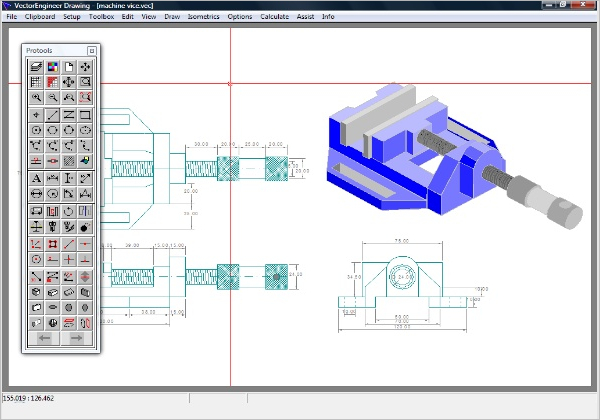
The document has been divided into six sections. My aim here is to acquaint more scholars with CAD - its features and its capabilities - and to help to make the utility of CAD apparent so that the cycle here may also be complete. But the utility of these programs has not been obvious the word has not been well spread.

These seemingly esoteric CAD systems can aid significantly the work of scholars who deal with objects of any kind. However, CAD programs can be of significant importance to those who deal with three-dimensional objects, large or small, and the time has come for those who deal with such objects to treat these programs with the same enthusiasm which has been lavished on word processors. Although CAD prices have followed the trend and come down in price, the programs have not yet become widely used in the scholarly community, because they are clearly less central to the work of most scholars.

The first such machines were big, expensive, dedicated, single-purpose machines which were difficult to use and suitable only for large architectural and engineering firms. Scholars were relatively quick to see their advantages, and many have come to see word processors as indispensable.Ĭomputer-assisted design and computer-assisted drafting machines (both often called CAD) have had a similar history. Eventually many people found that word processors brought significant advantages which were worth the costs. But prices were reduced, and, at the same time, word processors became more flexible and easier to use. At first word processors were big, expensive, dedicated, single-purpose machines which were suitable only for large business organizations. (Some cynics would say that copiers have made it unnecessary to read anything. More and more people discovered how helpful they could be, and finally they became indispensable, not only for big businesses but in the scholarly world as well. Then, over time, the machines were made smaller, less expensive, and more reliable.

Only in very large offices were the giant machines to be found. At first copiers were too big, too expensive, and too difficult to use for most. In those difficult days Before Xerox people had to make multiple copies with carbon paper, and white correcting fluid was considered an absolute essential of the typing process. Once upon a time, in the years called B.X., the hands of many who labored with the written word were covered with black and blue smudges, and strange white paint was considered among the most important modern desk accessories. 11 - Reconstructed Entrance from Final Phase. 10 - Reconstructed Entrance from Final Phase. 8 - Reconstructed Entrance from Phase One. 3 - In Situ Material from Older Entrance to the Athenian Acropolis, View from NW.įig. 2 - Detail of Propylaea showing Remains of Older Entrance Structure, Plan View. 1 - General View of the Propylaea in Athens, Plan View. The Center for the Study of Architectureįig. CADD as an Aid for Scholars in the Humanities CADD - The Tool for Draftsmen and Designers Readers may call up the notes by clicking on the numbers. This Corrections, suggestions for additional information, and other recommendations for the next revision are welcome.įootnotes are indicated by numbers in parentheses. Information about dates of posting and revision remains here, but there will be no revision of any kind after August, 2010. Some documents then available were out of date so they were not included in the re-design and were not updated. Important notice: The CSA web site was re-designed in August of 2010. New Techniques for Old Problems Harrison Eiteljorg, II


 0 kommentar(er)
0 kommentar(er)
